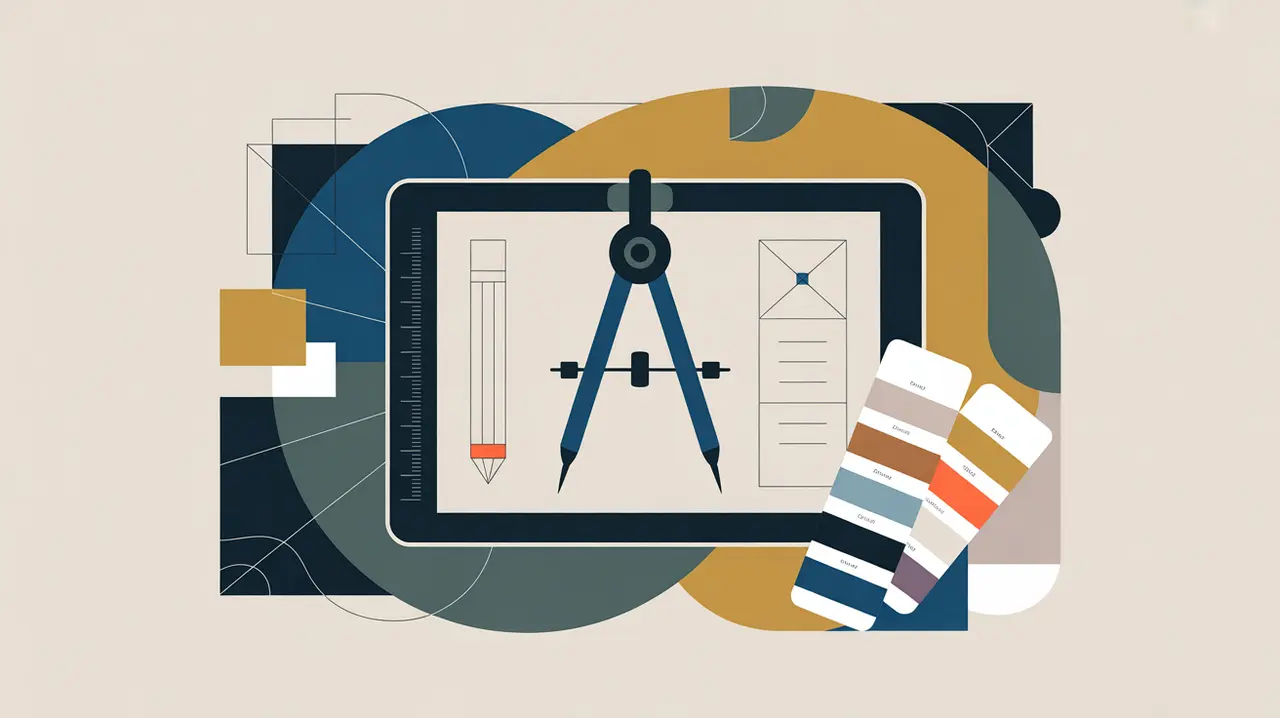Importance of Design Services
Design services are crucial in shaping how programs, products, and spaces are conceived, communicated, and experienced. In international development, they ensure that interventions are user-centered, culturally relevant, and accessible. For nonprofits and social innovators, design services enhance the effectiveness of campaigns, educational materials, digital platforms, and built environments. Their importance lies in translating complex ideas into forms that resonate with proximate communities and stakeholders, thereby improving adoption, engagement, and impact.
Definition and Features
Design services refer to the professional practice of creating visual, spatial, and functional solutions to meet user needs and organizational goals. Their defining features include:
- Human-Centered Approach: tailoring solutions to reflect user contexts and preferences.
- Visual Communication: using graphic design, branding, and media to convey messages clearly.
- Functional Aesthetics: balancing usability with creativity in products and services.
- Multidisciplinary Scope: spanning graphic, industrial, digital, and architectural design.
How this Works in Practice
In practice, design services support a wide range of development activities. For example, nonprofits may engage designers to develop clear infographics for public health campaigns, create mobile app interfaces for education, or design multipurpose community facilities. Participatory design approaches involve communities directly in the process, ensuring solutions align with local culture and needs. Barriers include high costs, limited access to professional designers in low-resource settings, and the risk of imposing external aesthetics that overlook local identity.
Implications for Social Innovation
Design services hold strong implications for social innovation because they shape how ideas become tangible and accessible. By integrating design thinking and participatory methods, social innovators can ensure that solutions are not only functional but also meaningful to proximate communities. Inclusive design practices expand access for marginalized groups, while sustainable design reduces environmental impact. For proximate actors, engaging in design processes builds ownership and agency. Design services can transform innovation from abstract concepts into lived experiences.







